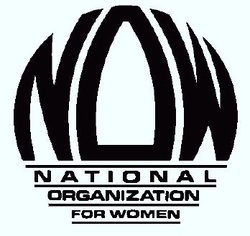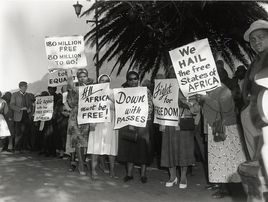
What advancements have been made in the United States in terms of the rights for women and African Americans since the 1960s?
Women started to vote in 1900 and later on, in 1975, in spread through out many other countries. However, they still lacked equality in jobs and educational. By the time the 1960s birth control was also an option for women, which greatly change their roles; it gave them the decision to be a mother or to not have children and pursue a full time job. Although Women have play a significant role in the world's revolution, they still did not feel that they were being treated equally: women made only 64% of what men were making. In 1966, in attempt to prohibit any discriminations against women, the National Organization for women strived for the Equal Rights bill to be amended. During this historical turn over for women, african americans were on their way to freedom as well. Earlier in the 1860s, they were freed from slavery by the United States. But that did not stop the discrimination against them; they had different political, economic and social circumstances from those who were white. Then later on in 1954, the Supreme Court desegregated school, followed by other public areas being as well. Then John F. Kennedy came in attempted to activate the civil rights bill, but he was assassinated before it could be pass. Lyndon Johnson was the second president who attempted equality; he passed Kennedy's Civil Rights bill, created VISTA and out lawed the literacy test needed to vote.
Women started to vote in 1900 and later on, in 1975, in spread through out many other countries. However, they still lacked equality in jobs and educational. By the time the 1960s birth control was also an option for women, which greatly change their roles; it gave them the decision to be a mother or to not have children and pursue a full time job. Although Women have play a significant role in the world's revolution, they still did not feel that they were being treated equally: women made only 64% of what men were making. In 1966, in attempt to prohibit any discriminations against women, the National Organization for women strived for the Equal Rights bill to be amended. During this historical turn over for women, african americans were on their way to freedom as well. Earlier in the 1860s, they were freed from slavery by the United States. But that did not stop the discrimination against them; they had different political, economic and social circumstances from those who were white. Then later on in 1954, the Supreme Court desegregated school, followed by other public areas being as well. Then John F. Kennedy came in attempted to activate the civil rights bill, but he was assassinated before it could be pass. Lyndon Johnson was the second president who attempted equality; he passed Kennedy's Civil Rights bill, created VISTA and out lawed the literacy test needed to vote.


 RSS Feed
RSS Feed